Heavener Runestone Park and
the Mystery of the Runestones
Heavener Runestone Park was established in 1970, but fascination with Viking runes in Oklahoma was fueled by Heavener resident Gloria Farley who realized the stone's carvings were likely runes. Were there really Viking runes in Oklahoma?
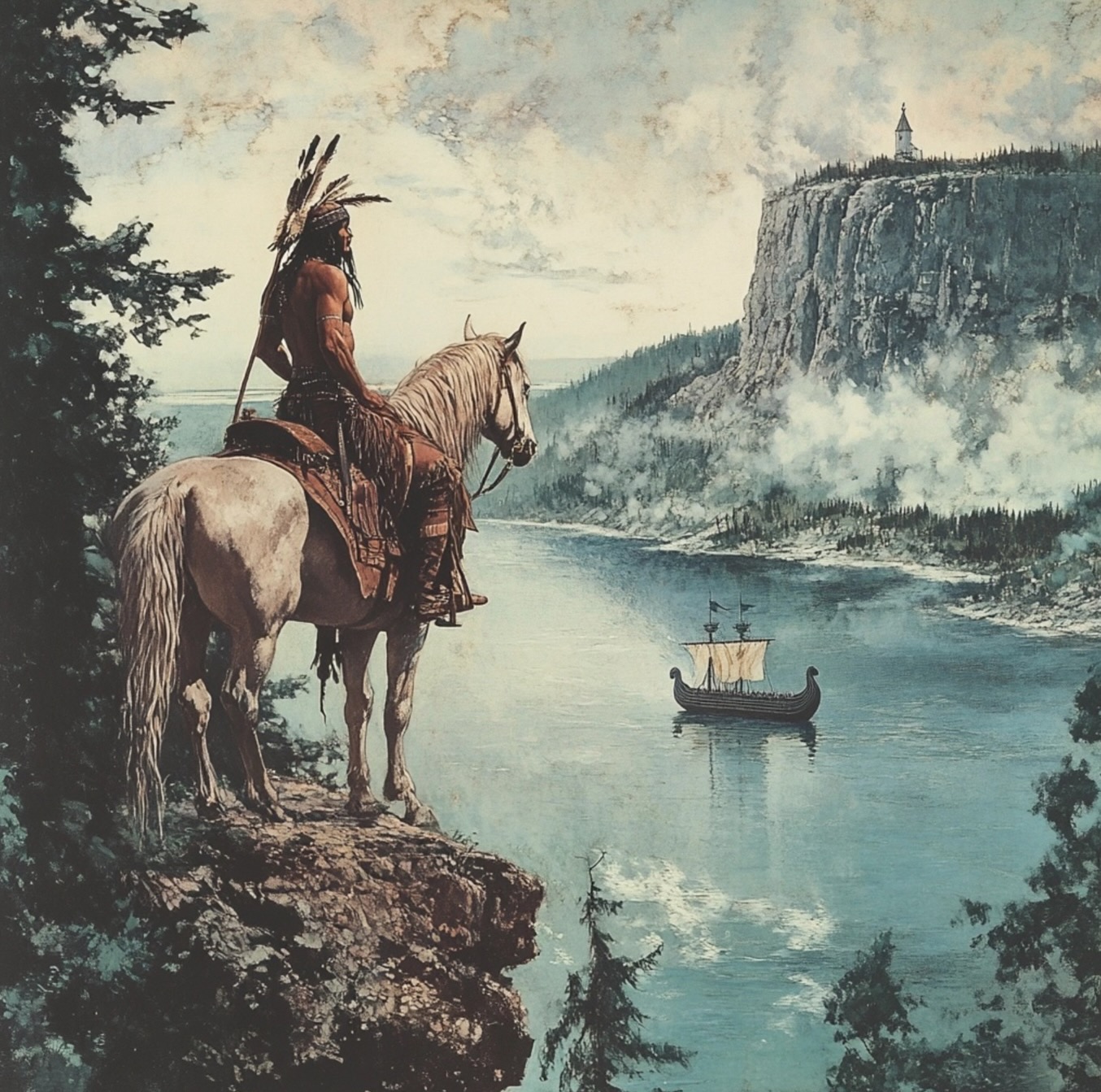
Heavener local Carl F. Kemmerer discovered the stone in 1913 and assumed the carvings on the twelve-foot-high by ten-foot-wide sandstone were made by Indians. Ten years later, he sent a copy to the Smithsonian who reported back that the carvings weren't made by Indians but instead by someone of Scandinavian descent.
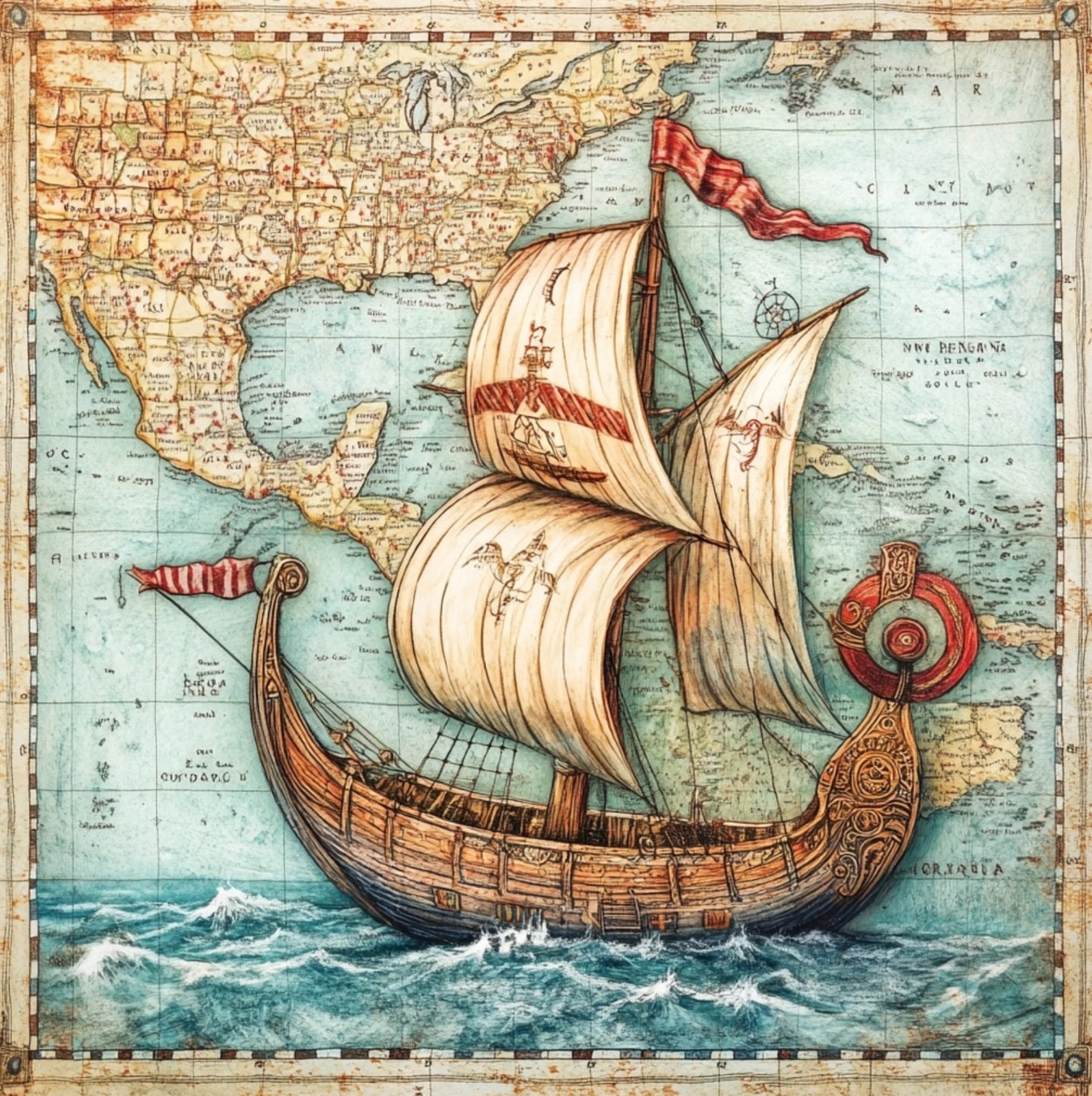
Gloria Farley was convinced that Vikings, who raided several countries including Russia and instilled terror in the hearts of hundreds of thousands, made their way from the Gulf of America up the Mississippi River and then headed west on the Arkansas River until they reached the Ouachita Mountains and claimed them for Norway.
Was such a thing possible?
Heavener Runestone Park - Proof of Vikings in Oklahoma?
In his paper, An Archaeologist Looks at the Oklahoma Runestones, Lyle Tompsen studied not only the Heavener Runestone, but also two other Viking runes in Oklahoma that were found near Poteau, Oklahoma. And his finding? Yes, the Heavener Runestone is real. Yes, it was likely carved by someone of Scandinavian descent.
But was it carved by a Viking who traveled on an 11th century wooden ship all the way from Norway to Oklahoma?
Probably not. Here's why.
The Farthest the Vikings Traveled Was Canada and Maine
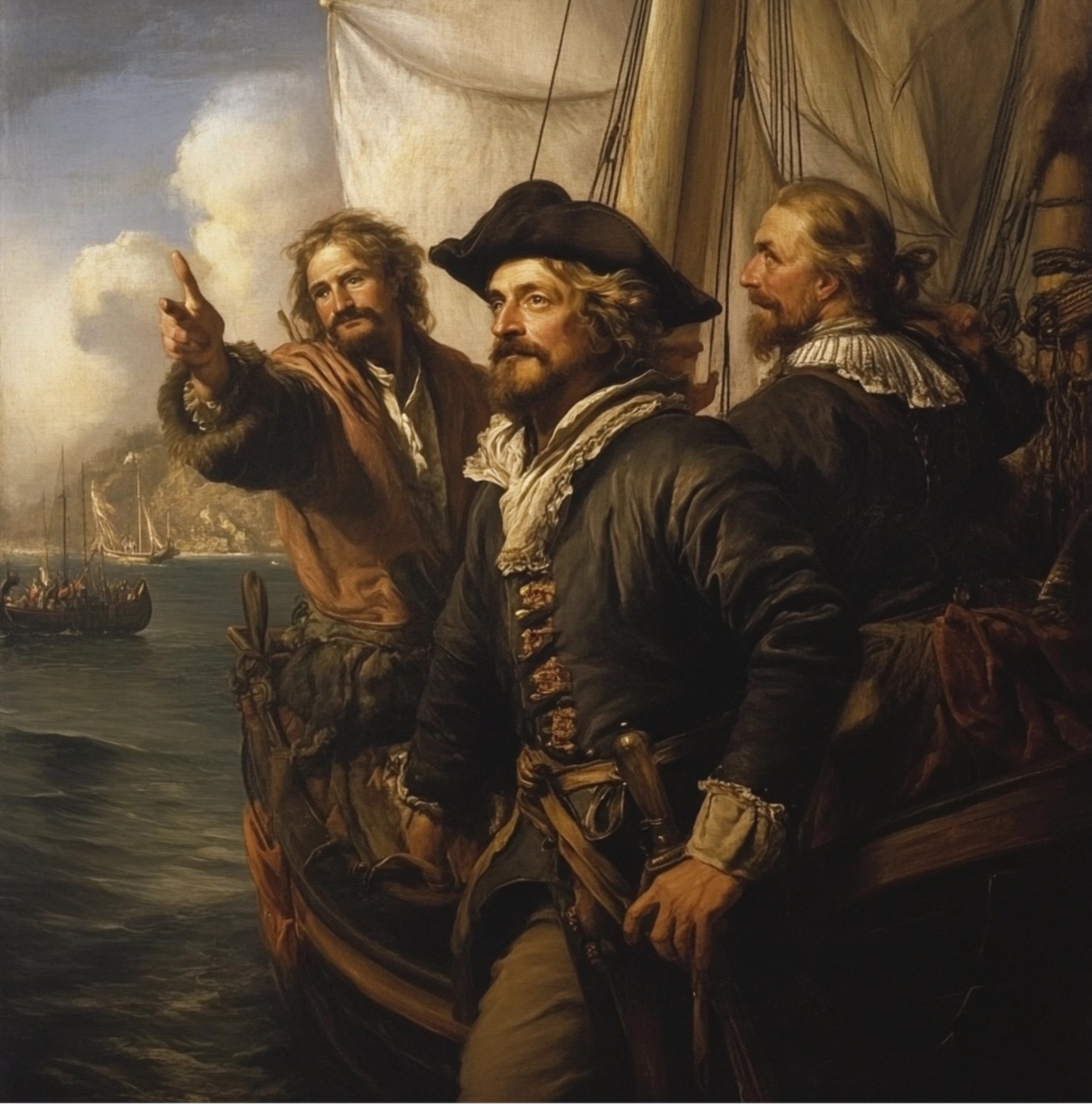
And it shows the Vikings' true grit and determination that they made it that far. The Vikings simply didn't have the type of ship that could handle such long distances. It wasn't until the caravel was discovered in the 15th century that long-term voyages really took off.
With a sail-rigging design that gave it greater maneuverability, the caravel made it easier and faster to travel by sea--and cover the close to four thousand miles necessary to get from Scandinavia to Oklahoma.
There's No Evidence of Viking Impact on the Local Culture
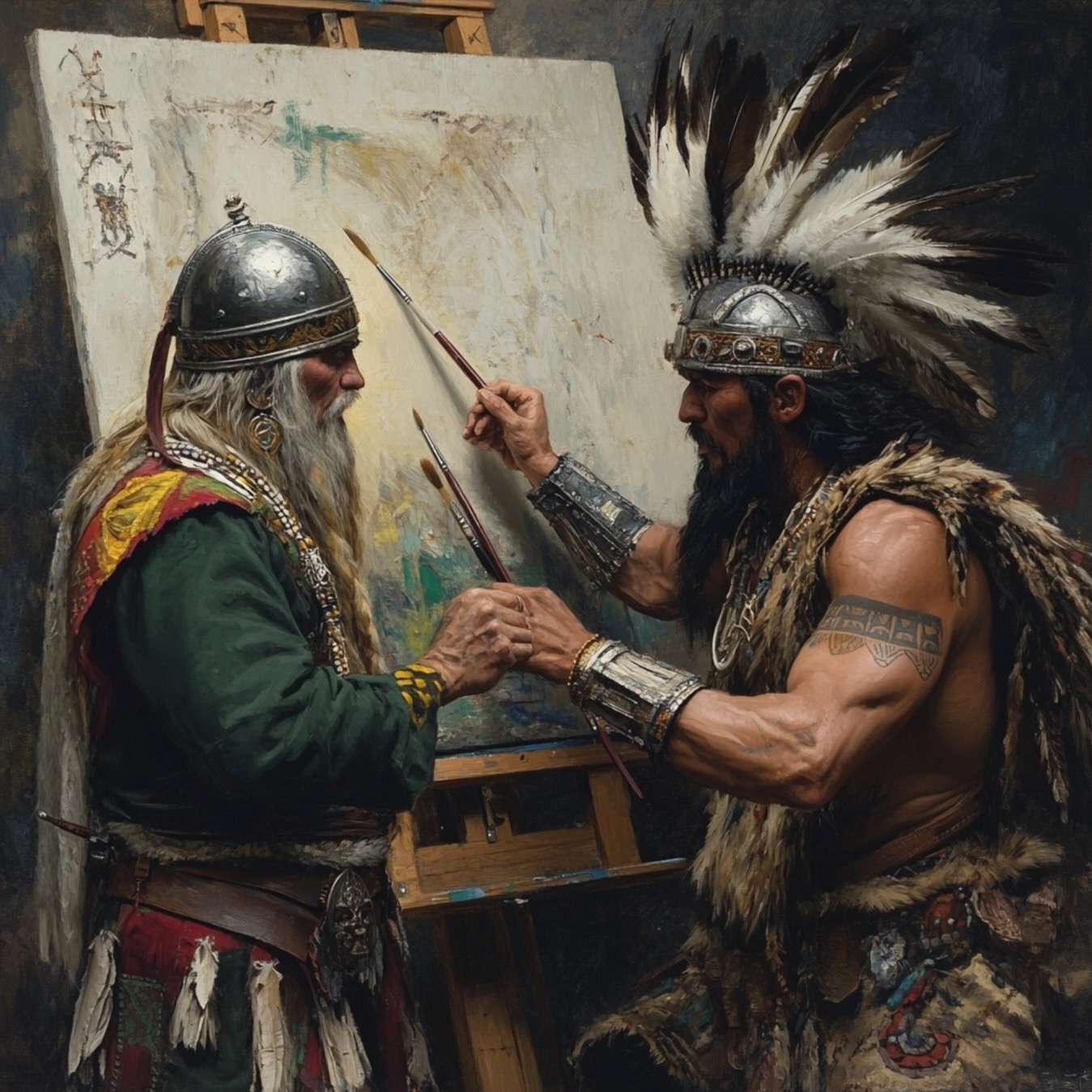
Native American Mound Builders once lived in a community just 40 kilometers from what is now Heavener Runestone Park. Scholars are certain the Vikings visited the Inuit who lived in Alaska and Canada. Why? Because Viking influence showed up among the relics of their artwork.
If the Vikings traveled in their small, wooden ships from Scandinavia to Oklahoma, they would have taken long rests along the way. If they stayed in the Ouachita Mountains long enough to carve a runestone, that likely meant they stayed in the area for months, and the Mound Builders would have encountered them.
The Vikings and the Mound Builders would have gotten to know each other, and the Vikings would have influenced the Mound Builders' artwork. But there's no evidence of that happening.
Europe Experienced a Viking Renaissance in the 19th Century
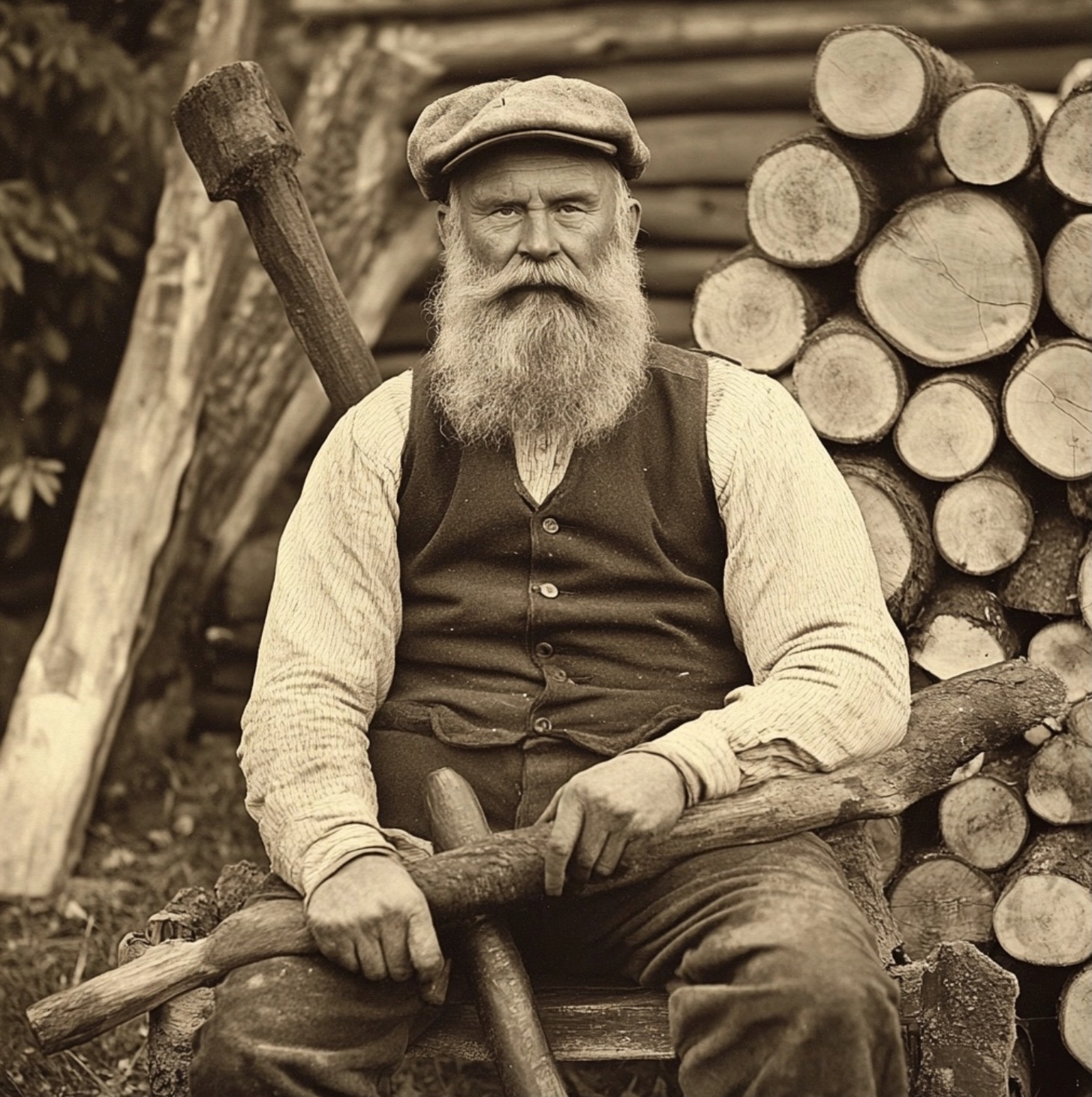
Scandinavians began to regard their Viking ancestors with a sense of pride. Also, because of the Renaissance that was going on through most of Europe, people were reading the classics and had rediscovered Old Norse literature.
Scandinavians, and especially Swedes, began writing runes again, and carving runestones.
The Railroad Company Imported Swedes Into the United States
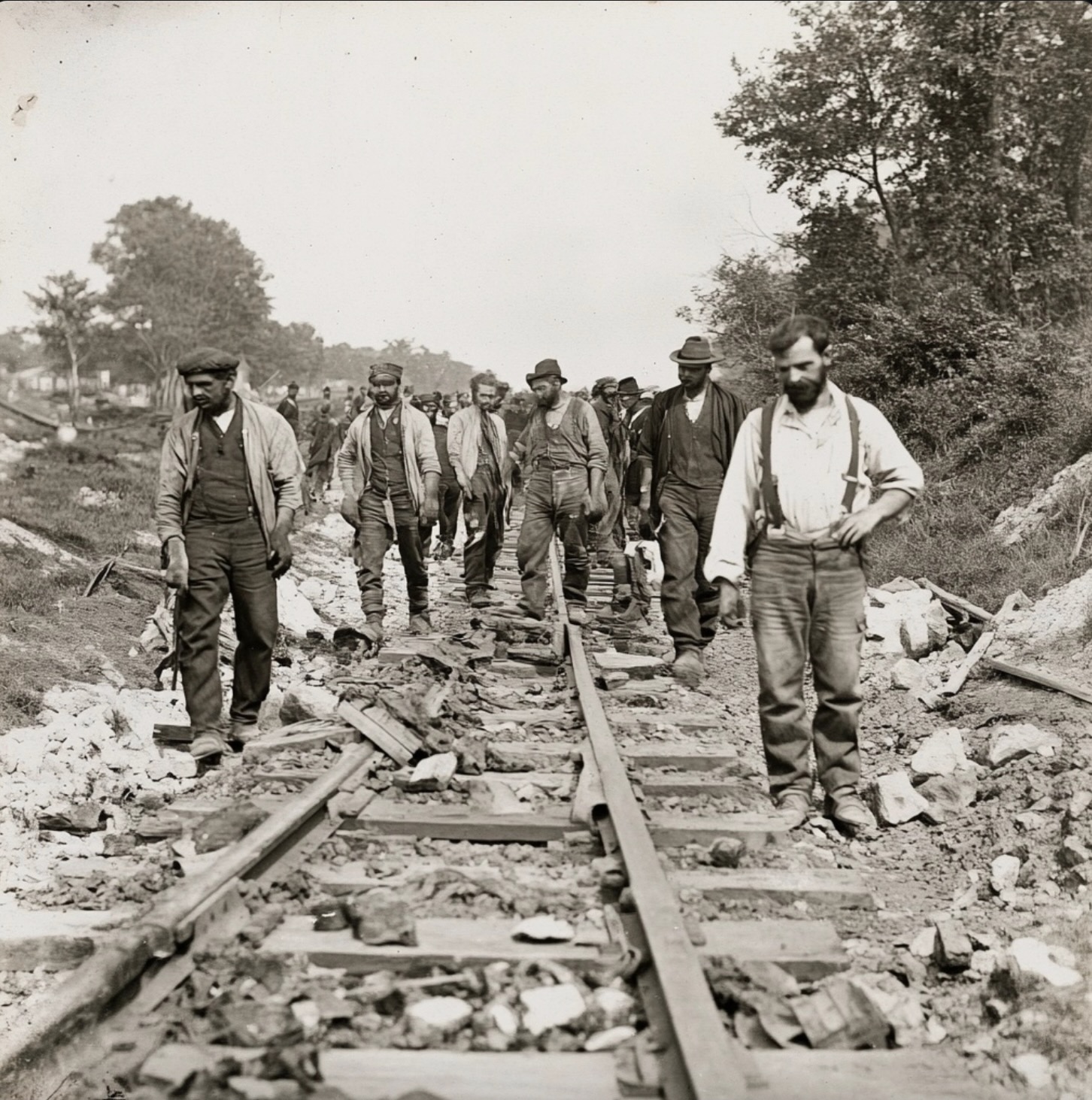
Beginning in the 1800s, the railroads began expanding all over North America, including the Missouri, Kansas and Texas Railroads. Thousands of immigrants were hired from Scandinavia to build the needed rail lines for expansion.
More than one million people immigrated from Sweden alone, bringing with them their love for everything Viking.
Heavener, Oklahoma Was an Important Railway System
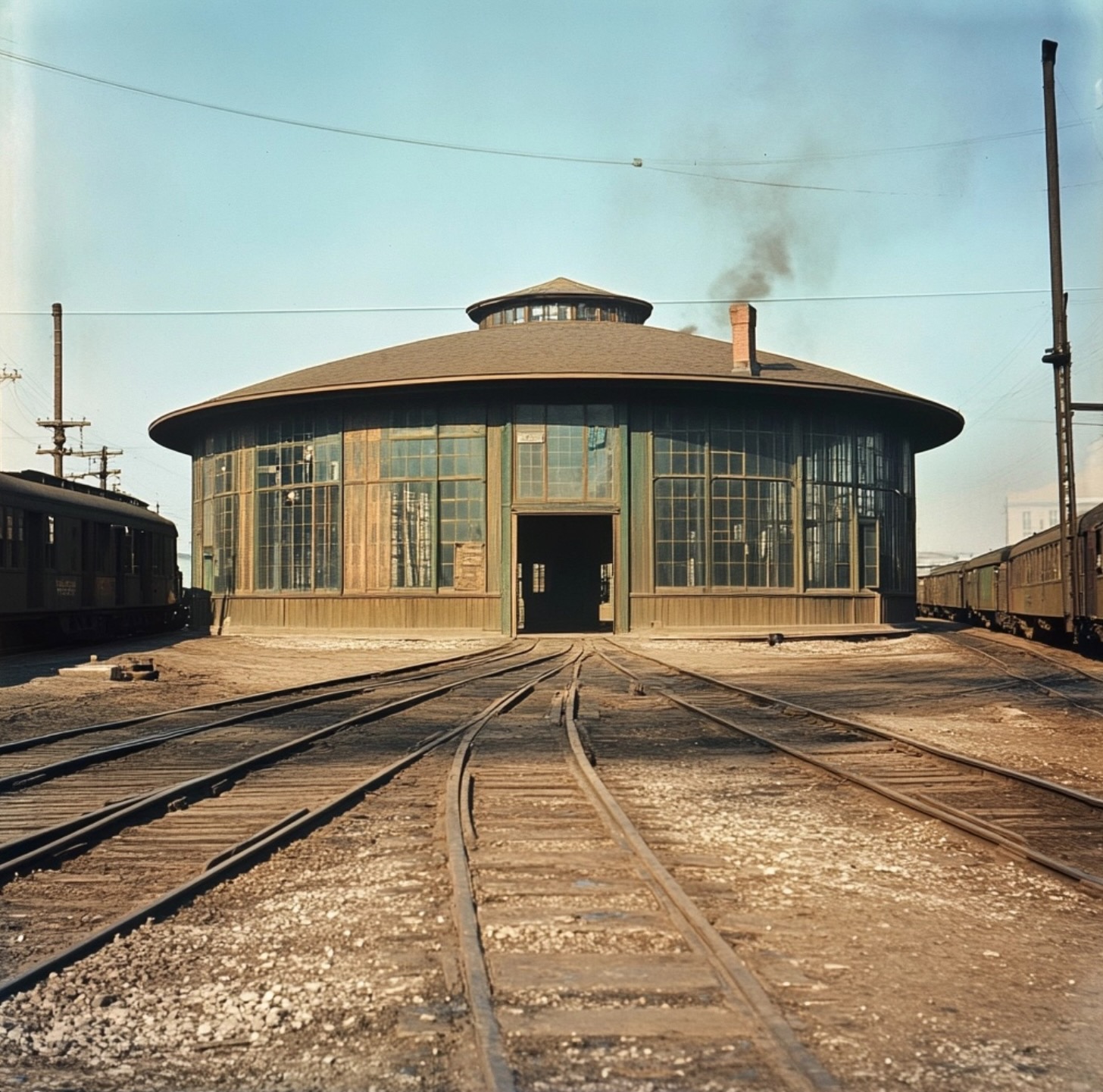
Heavener was important enough for the railway company to build a station there in 1896. The company added a roundhouse in 1910 to turn the locomotives around and service them. The railway company had such an impact on Heavener that the population exploded from just 234 people in 1900 to more than 1,850 people by 1920.
It's a good chance that more than a few of those people were Swedes with a passion for anything Viking, which likely explains the presence of Viking runes in Oklahom.
Why Was the Heavener Runestone Carved?
Scholars have interpreted the runes to mean GNOMEDAL that roughly mean monument valley. The stone likely expresses a claim on the land. Whoever carved the runestone was likely claiming the area belonged to a proud descendant of a Viking.
Visit Heavener Runestone Park
Whether the runestone was carved by a Viking from the far past or by a proud Swede (or maybe just one playing a prank on us all), the stone is fascinating to look at, and the area is beautiful. Heavener Runestone Park is worth a visit. The park has hiking trails, a limited number of RV hookups and a scenic overlook with a view of the city of Heavener.
The several thousand people who visit the park each month can't be wrong.
Watch the video below to learn more:
